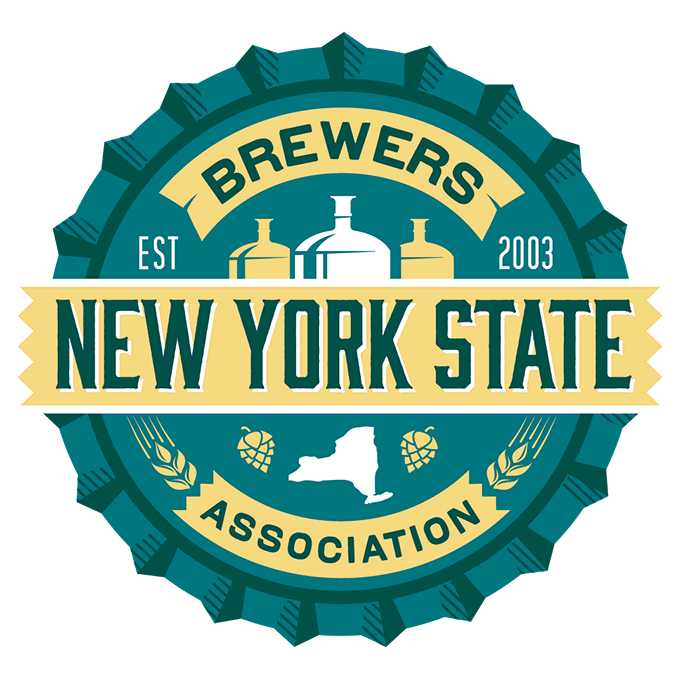
In the brewing world, quality control is integral to making sure that every batch of beer meets the desired standards for taste, color, and caliber. To achieve this, brewers rely on several microbiological methods, many of which involve using lab filtration techniques. The choice of filtration methods plays a critical role in enhancing the accuracy of these tests. This helps ensure that the final product is consistent, high-quality, and safe for consumption.
Several analytical and microbiological methods are used in brewing quality control. The correct selection of filtration devices used in these tests can have a major impact on laboratory efficiency and the accuracy of these results.
Q: What are some of the typical laboratory QA/QC tests used in brewing? When and why are lab filters used?
A: All breweries must meet basic standards in their beers from both a regulatory standpoint and long-term commercial viability. Consumers expect a specific beer to look and taste the same everywhere they go, and they expect the beer to be safe and pleasurable to drink. An effective laboratory QC/QA program executed throughout brewing workflows helps maintain uniformity of manufacturing processes and ensures consistent final products. This safeguards the taste profile, product safety, and overall quality of beer. There are multiple key testing procedures that rely on lab filtration. These include general clarification and degassing, alcohol testing, analytical chemistry, and microbiological tests. The proper selection of filtration devices can significantly impact lab efficiency and the accuracy of results.
Q: Why are Clarification and Degassing Steps Important in Brewing Analysis Applications?
A: Clarification and degassing support accurate color analysis and help protect analytical equipment from clogging and damage from particulates, such as yeast, and gases, such as CO2, that could distort color determination and other measurements.
Alcohol Determination: This is used to monitor fermentation rates and to comply with legal regulations and alcohol taxation laws. Common analytical methods used to measure alcohol content include near-infrared spectroscopy and gas chromatography. Both methods require degassing and clarification steps before analysis.
Color Determination: An important measurement to monitor the brewing process and obtain a quality final beer with the desired color. The removal of particulates is a crucial sample preparation step prior to analysis, performed either visually or by UV/Vis spectroscopic methods.
Sulfur Compounds: These can form throughout the brewing process. Some serve as antioxidants but may cause off-flavors in beer. Sulfur dioxide is a by-product of yeast and can be detected by UV/Vis spectroscopy. Dimethyl sulfide (DMS) is formed from heating wort and is detected by head space gas chromatography.
Ensuring product quality and safety is of paramount importance to the success of the brewing industry. Through rigorous analysis, brewers can identify and mitigate risks, safeguarding against off-flavors, spoilage and potential health hazards.